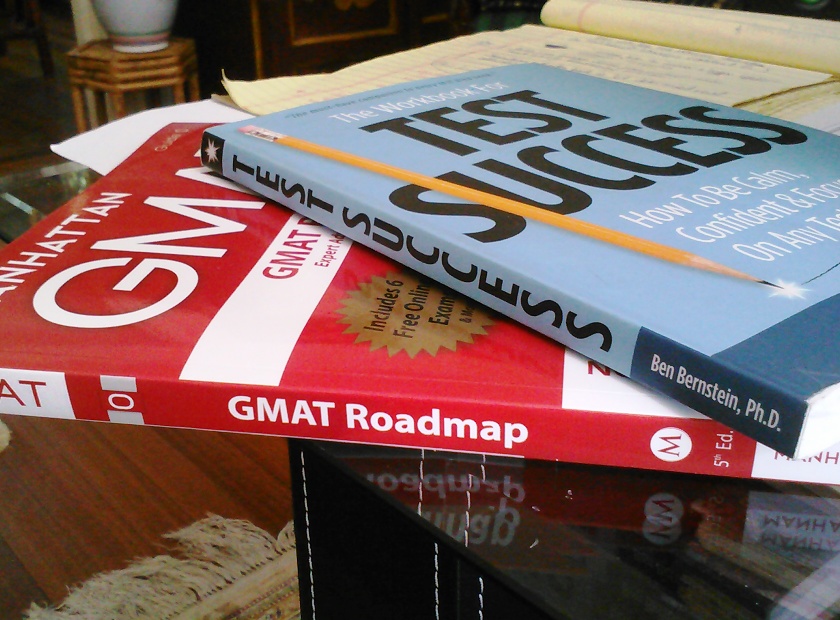
Using LinkedIn to Research Business Schools

Everybody does it. The minute they see the name of someone they want to know more about, they rush to LinkedIn. It’s the world’s database, and so very useful. So useful, in fact, that to position yourself for business school or your next career step, you need to be LinkedIn savvy.
You need LinkedIn for two reasons – first, you can (and should) manage your own public profile, because you can bet that a LinkedIn profile comes up first if someone Googles you. Second, you can (and should) use it to do deep research on schools, career paths, and life choices.
Here are five tips for using LinkedIn like a pro:
1. Make Sure Your Profile is Up-to-Date
People will look for you, that’s a fact. LinkedIn, with 500 million users, is the professional networking site. It’s so expected that you will have a complete profile that at least one MBA program, the MIT Sloan School of Management, requests your LinkedIn URL on its application in addition to your resume.
Tip: Add your picture. According to LinkedIn, you are 21 times more likely to be viewed if you include a photo. Professional-looking photos leave a more positive impression.
2. Just Click on a School in Someone’s Profile
LinkedIn is an enormous database, and most of it is free. You can get tremendous amount of critical information without even reaching out. Think Wharton is only for finance? Click on “Wharton” on any grad’s educational profile, and you’ll see an array of information. You can plug in graduation year, say 2015 and check out where that class landed by region, by industry, and by company. Check out how many—and who–ended up in marketing or business development or product management. Think you want to work in Asia, but not sure that Columbia Business School is the right school for you? You can find scores of recent grads in China, Singapore, and Korea.
3. Identify Target Career Paths
Advanced search can be your new best friend. Perhaps after your MBA, you want to work in business development or product management for a company like online game-maker Riot Games. How have others walked that path? Type “Riot Games” in the company box, MBA in the school keywords, and see what others have done to get to that point. You might find that the pre-MBA experiences vary from engineering to Peace Corps volunteer. Encouraging, isn’t it? You might also find that most have brand management experience prior to before working at the computer game company. Such intelligence will make you a smarter planner, and later, a more effective job seeker.
4. Use the “Follow” Tab for Companies and Schools
Don’t let this feature fool you. It’s not just for companies, but you can also follow a school. If I look up “Tuck School of Business” for example, I can see 89 people in my network – either a current student or a faculty/staff member, and a current Tuck student who went to my undergraduate school. You’ll also get notified when any member of your network adds that school (or company) to their profile.
And Away You Go!
Like many web tools, LinkedIn offers great value if you know how to use it. Keep your profile up to date, use the unbelievable resources in the LinkedIn database, and then, go out and make connections for your professional and educational benefit. It’s a great way to make social media work for you.






